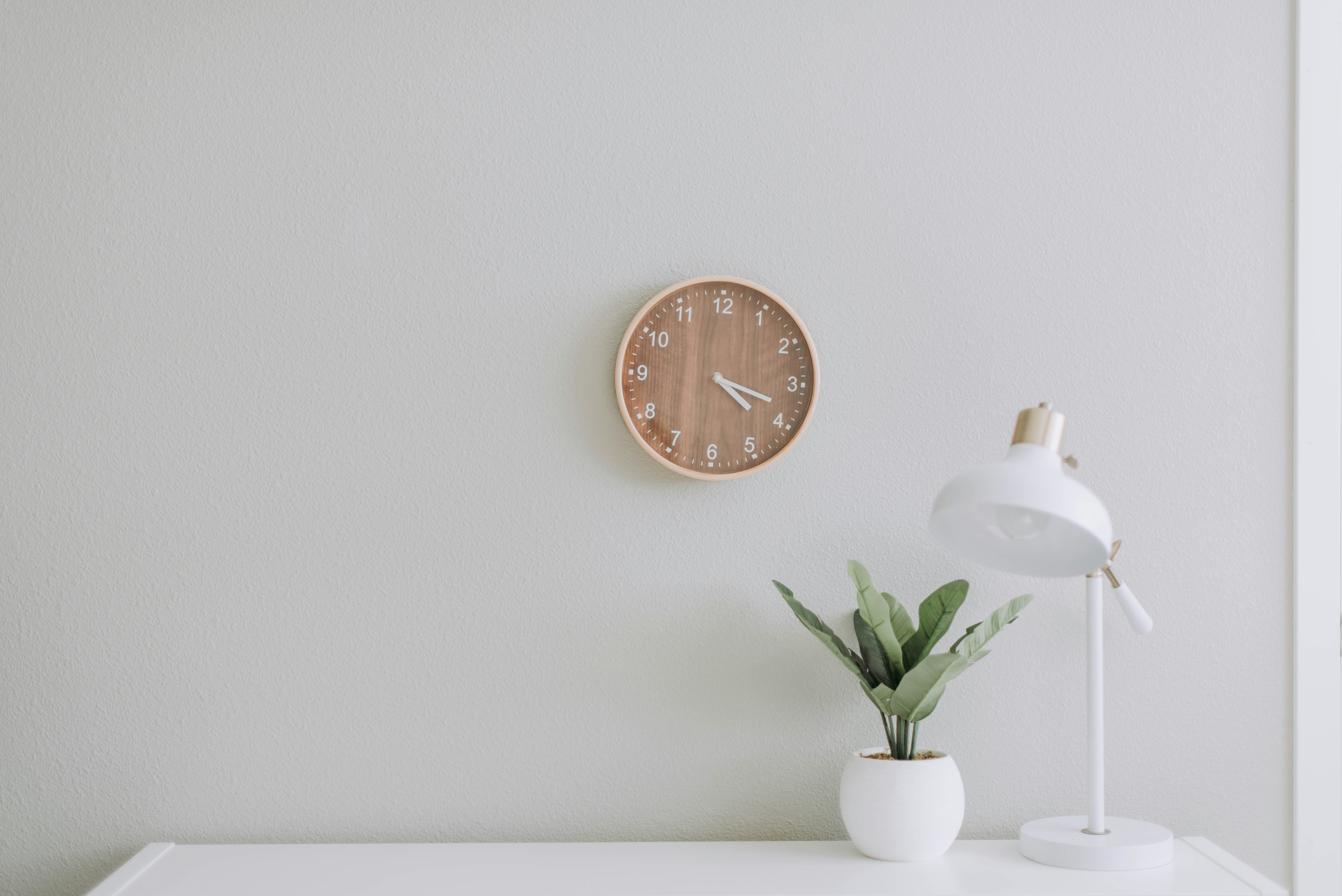Back
Guides
Designing for Accessibility & Usability
Principles of Inclusive Design
Inclusive design aims to create products and spaces that are usable by as many people as possible, without the need for adaptation or specialized design. This approach benefits individuals with disabilities, as well as the general population, by promoting ease of use and functionality. One of the key principles of inclusive design is to consider diverse user needs from the outset. This includes designing with varying levels of physical, sensory, and cognitive abilities in mind.
Digital Accessibility
For example, incorporating voice control and screen readers in digital interfaces can assist visually impaired users, while adjustable font sizes and contrast settings can improve readability for everyone. Websites and apps should follow Web Content Accessibility Guidelines (WCAG) to ensure they are accessible to all users, including those with disabilities.
Physical Environments
Physical environments also benefit from inclusive design practices. Features such as ramps, tactile paving, and accessible restrooms are essential for individuals with mobility impairments but also provide convenience for parents with strollers or travelers with luggage. Moreover, clear signage with braille and high contrast colors can aid those with visual impairments and help non-native speakers navigate spaces more easily.
Technological Tools and User Involvement
Technology is a powerful tool in promoting accessibility. Tools like automated accessibility checkers and inclusive design software help designers identify and address potential barriers early in the design process. Additionally, involving users with disabilities in the testing phase provides valuable insights and ensures that the final product meets their needs. User feedback is crucial for identifying real-world challenges and making necessary adjustments.
Benefits of Inclusive Design
By prioritizing inclusive design, designers can create more equitable and user-friendly environments. This not only enhances the user experience but also broadens the potential market for products and services. Inclusive design can also foster a sense of belonging and community, making spaces more welcoming for everyone.
Inclusive design is not just about compliance but about creating a better, more inclusive world for all. By adopting these practices, designers can make significant strides towards a more accessible and equitable society.



